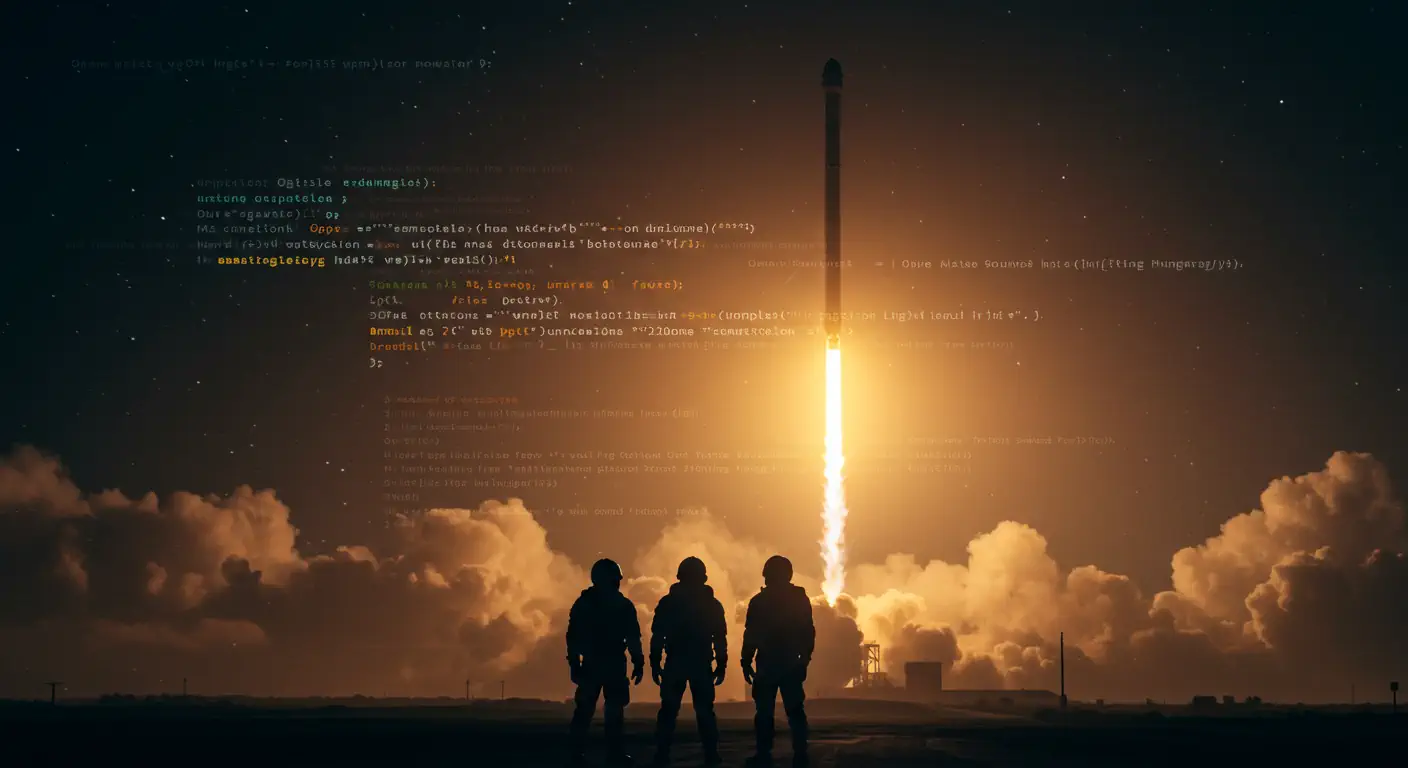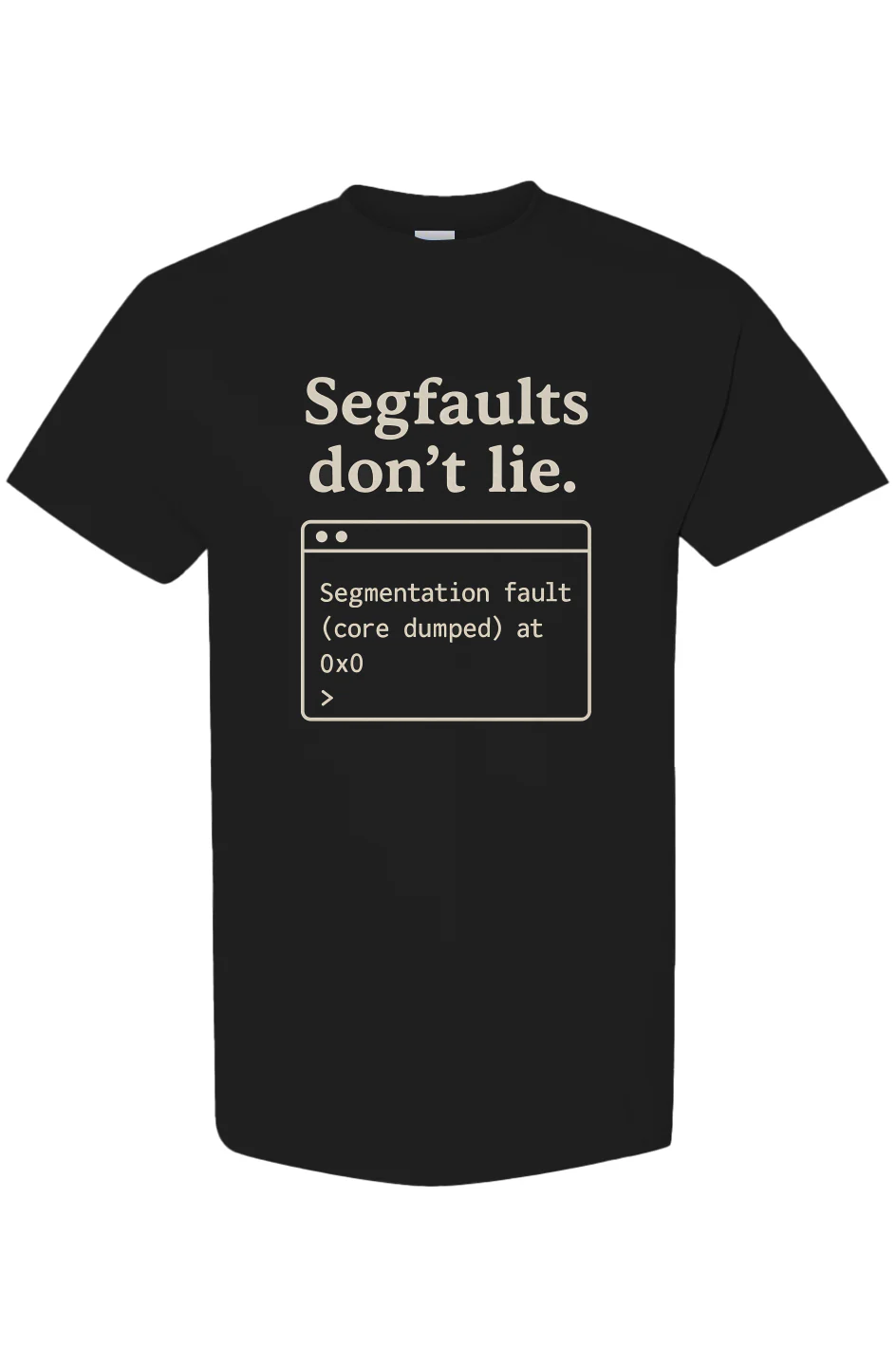On Wednesday morning, a roaring Falcon 9 rocket lit up the sky and propelled four astronauts toward the International Space Station. This was Axiom-4, the fourth private mission organized by Axiom Space in partnership with SpaceX.
What made this SpaceX rocket launch historic wasn’t just the smooth lift-off or the Crew Dragon capsule’s precision—it was the composition of the crew itself. For the first time, Hungary, India, and Poland sent astronauts to the ISS, each sponsored by their national governments but ferried by a private American company.
This event marks more than just a geopolitical milestone—it highlights a quiet but profound transformation in space access: space is no longer the sole domain of national space agencies. It's becoming modular, commercial, and increasingly built on free and open-source software (FOSS) foundations.
Confirmed Open Source Used by SpaceX
Though SpaceX is famously tight-lipped about its stack, public interviews, developer talks, and engineering reports have confirmed several critical open-source technologies in their toolchain.
Linux
It’s no secret: SpaceX uses Linux as the core operating system for its flight computers and workstations. The Falcon 9 runs multiple redundant Linux computers for guidance, navigation, and control. Meanwhile, ground systems and control interfaces also run on Linux distributions.
PREEMPT_RT Patch
For rockets, milliseconds matter. To achieve hard real-time performance, SpaceX applies the PREEMPT_RT patch to the Linux kernel. This turns standard Linux into a real-time operating system, ensuring precise control over timing-critical operations like thrust vectoring and stage separation.
Go (Golang)
While not officially confirmed by SpaceX, community reports and engineering discussions suggest Go is used for internal telemetry systems, thanks to its lightweight concurrency model and speed. It’s well-suited for streaming high-frequency sensor data from launchpads and rockets.
C++ and the C++ Standard Library
The backbone of SpaceX’s autonomous systems—from docking to trajectory control—is written in C++, and relies heavily on open-source C++ libraries. SpaceX engineers have presented on how their flight code is designed for safety, determinism, and auditability—values aligned closely with open-source development culture.
Chromium
For mission control interfaces, Chromium, the open-source foundation of Google Chrome, is reportedly used as the GUI engine. Engineers and operators use real-time dashboards built atop this UI stack to track rocket health, timing windows, and trajectory plots.
What the Community Builds Around SpaceX
Even if you don’t work at Hawthorne HQ, you can still get involved. An impressive array of community-built open-source projects have emerged around public SpaceX data, particularly via their published APIs and Starlink user hardware.
SpaceX-API
A full-featured, open REST API delivering launch schedules, vehicle data, Starlink satellite info, and more. Widely used in dashboards, bots, and visualizations.
spacexstats-react
A modern frontend UI built with React to visualize stats from the SpaceX API. Great for building custom dashboards or educational tools.
starship-timeline
Open-source timeline visualizing every event and milestone in Starship development. Useful for press, enthusiasts, and researchers.
starlink-grpc-tools / starlink_exporter
Community-maintained monitoring tools for Starlink terminals, letting users track latency, signal strength, and connection drops with precision.
Look4Sat
A satellite pass predictor that includes Starlink constellation tracking. Useful for amateur astronomers and radio hobbyists.
Why Open Source Works So Well for Space
There’s a reason Linux in space has become an industry norm. In a domain where failure is catastrophic, software must be auditable, stable, and adaptable. Open source delivers on all counts:
- Transparency: Every line can be inspected and tested.
- Stability: Open projects often outlive startups and vendors.
- Security: Bugs are fixed faster when the whole world can see them.
- Interoperability: Open standards make integration easier across nations and platforms.
SpaceX is no different—they may push boundaries in rocket hardware, but they stand on solid ground when it comes to software: trusted, proven, open foundations.
You’re Closer to Space Than You Think
Not every developer will write flight code for autonomous boosters. But many of us already touch the systems that support them—whether through contributing to the Linux kernel, optimizing Go concurrency models, or improving network diagnostics for Starlink users.
The next SpaceX rocket launch may not bear your name—but some part of your code, or the tools you use daily, might already be along for the ride.
Refs:
SpaceX is using Go for it's telemetry system
Flight Software & Embedded Systems Framework (C++)
How SpaceX Uses Linux, Chromium, C++ and Open Source Libraries




